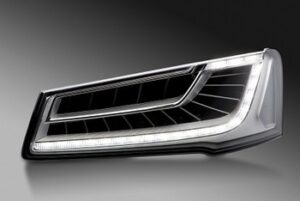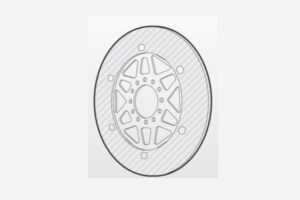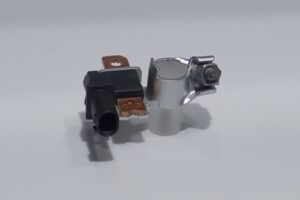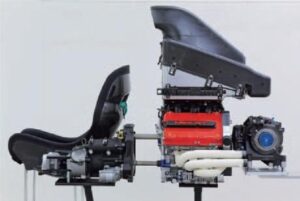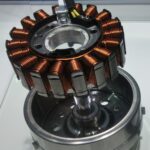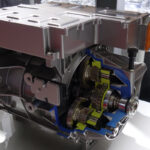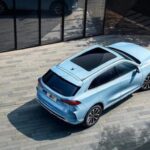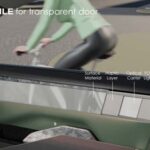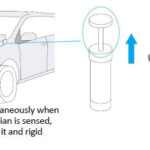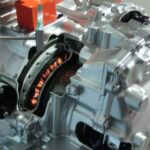MAHLE
- Hybridization of the commercial vehicle powertrain as a flexible approach to CO2 reduction
- Broad diversification: from the 48-volt mild hybrid to the high-voltage system—significant CO2 reductions are possible
- Systems solutions from MAHLE for all hybrid architectures
Hybrid technology offers considerable potential for CO2 savings, with maximum flexibility in terms of applications: electrification of auxiliary components, mild hybrid applications with 48-volt drive motors in parallel (recuperation/boosting), high-voltage or serial architectures, and plug-in hybrids (purely electric driving for long distances).
48-volt system: 10 percent less CO2 in distribution transport
For light- and medium-weight commercial vehicles up to 12 metric tons in distribution transport, MAHLE offers a robust, compact 48-volt drive system with water cooling and integrated electronics, providing a power output of up to 30 kW. Because of the low level of waste heat from the electric drives (boosting/recuperation) connected in parallel, the cooling architecture used for vehicles with a combustion engine or battery can be adapted easily and effectively for this price-sensitive application area.
Consistent use of electrically driven, beltless auxiliary components—such as electric fans, electric air conditioning compressors, or electric main coolant pumps—can produce a total CO2 savings potential of around 10 percent in urban distribution transport.
High-voltage full hybrid: 5 percent less CO2 with heavy-duty commercial vehicles
At the other end of the hybrid spectrum, for heavy-duty commercial vehicles up to 40 metric tons, electrical drive outputs of approximately 50 to 100 kW are required, depending on the specific application. High-voltage systems in this segment can achieve a CO2 reduction of up to 5 percent. Thermal management plays a crucial role in making optimal use of the CO2 savings potential.
Demand-based soaking of the temperature-sensitive lithium-ion battery is essential. Air conditioning is therefore becoming part of the battery and electronics thermal management. The charge air cooling and air conditioning condenser can be recooled indirectly via a low-temperature coolant cooler. This makes the design of the (two-level) cooling module significantly easier. Thanks to the improved aerodynamics, this also has a positive impact on fuel consumption.
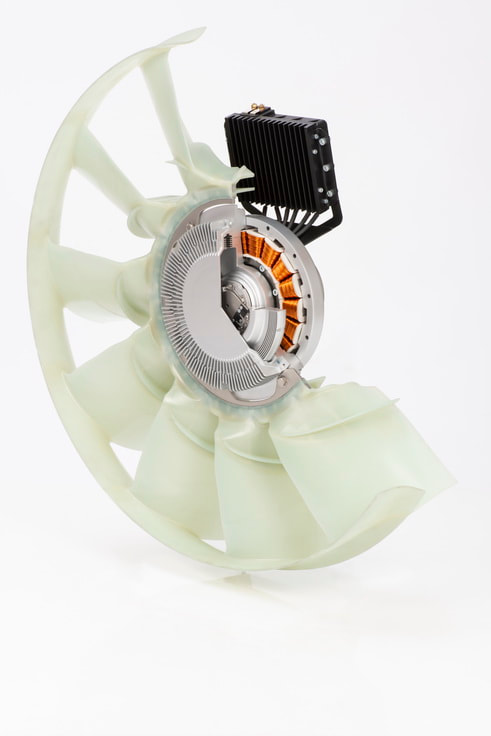
With the Visco® hybrid fan drive, MAHLE offers a solution tailored specifically to this application. The MAHLE technology combines the advantages of the Visco® drive with the advantages of electric actuation:
- Fan performance controlled on demand
- Electric motor takes over in the event of reduced fan engagement, improving fan efficiency
- Possibility of energy recuperation from the fan
- Possibility of purely electric operation
- Generally improved control behavior thanks to the combination of Visco® and electric motor

